Procedures
-
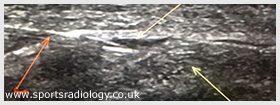
Dry Needling & Autologous Blood Injections
Dry Needling is a procedure in which thin, solid needle filaments are inserted into the painful areas of muscles or tissues of the body. The needles penetrate through the skin into the sensitive myofascial trigger points (irritable hard knots within the muscle) and stimulate the underlying injured muscles to relieve pain.
Read More -
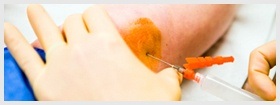
Steroid And Hyaluronic Acid Image Guided Injections
Image guided injections are usually recommended if swollen or painful joints, tendons or ligaments have not responded to conservative treatments. These injections deliver medication directly into the joint and are beneficial in the treatment of osteoarthritis. They are temporary and safe methods to provide pain relief.
Read More -
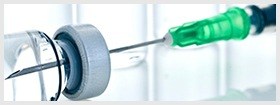
High Volume
InjectionsA high volume injection is a procedure performed to treat a tendon injury that occurs as a result of severe strain being placed on the tendon. During the healing process following a tendon injury, tiny blood vessels grow into the tendon bringing with them new nerves as well.
Read More -
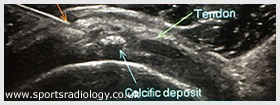
Image Guided
Calcific BarbotageCalcific barbotage is a procedure performed to treat calcific tendinosis, a disorder characterized by abnormal deposition of calcium in the tendons. Build-up of calcium deposits can cause increased pressure and chemical irritation leading to severe pain and disability.
Read More -
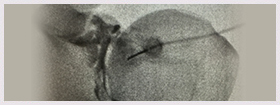
Hydrodilatation
Shoulder hydrodilatation refers to the injection of fluid into the shoulder joint under ultrasound guidance to relieve pain and improve shoulder range of motion. The procedure is indicated to treat cases of frozen shoulder, a painful condition characterized by stiffness and limited range of motion of the affected shoulder joint.
Read More -
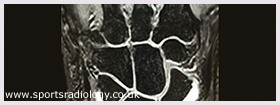
Arthrograms
A shoulder arthrogram is a contrast-enhanced imaging study performed to evaluate the shoulder joint. It is usually performed if standard X-rays fail to provide a detailed picture of the internal structure of the shoulder. During the procedure, contrast dye is injected into the shoulder joint using a long, thin needle and a series of X-rays are taken in various positions throughout the range of motion of the shoulder.
Read More







